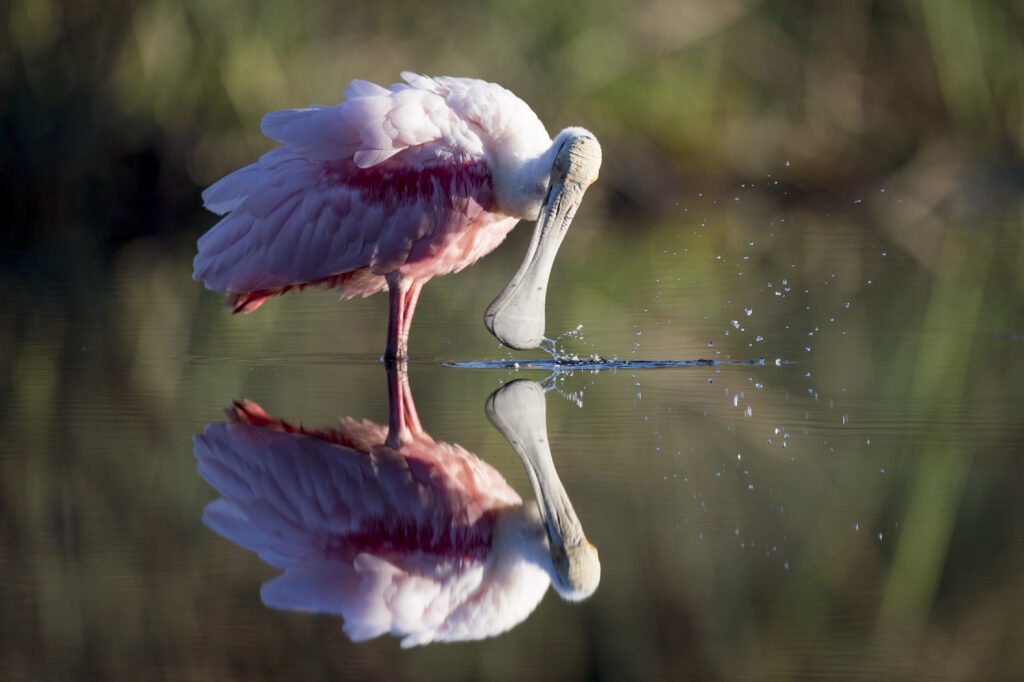The Roseate Spoonbill is an odd bird. Resembling something between a flamingo and a stork, these large wading birds are named for their pink plumage and unique spoon-shaped bills. For many North American birders, the Roseate Spoonbill belongs to a category of unique neotropical wetlands birds which drive birdwatching tourism into the warm southeastern regions of the United States. Southern Florida, Southeastern Texas, and Louisiana, regions which line the Gulf of Mexico, represent the North American birder’s best shot of spotting this flamboyant flamingo lookalike. That is, unless you happen to be in Green Bay, Wisconsin this week.
Related Article: Success of Albatross Colony in Hawaii Owed to Decades of Protection
In a truly once-in-a-lifetime turn of events, birders visiting both the Ken Euers Nature Area and the Cat Island restoration area near Green Bay, Wisconsin, spotted a Roseate Spoonbill amongst the regular avian inhabitants of the nature areas’ wetlands. While this is a truly special sighting, you might be surprised to learn that it isn’t actually the first time that Wisconsin has hosted this neotropical visitor.
In 1845, a whopping 178 years ago, a Roseate Spoonbill was reportedly sighted in Rock County, Wisconsin. While this means that this week’s sighting isn’t “one of a kind” per se, it does demonstrate just how infrequent and extraordinary of a visitor this Roseate Spoonbill is.
So how did a Roseate Spoonbill wind up in Wisconsin? The answer is simple, but the factors are complex. Vagrancy is when birds are found outside of their typical ranges. For the most part, vagrant birds are blown off course by storms, driven to look for food or fair weather outside of their normal regions due to changes in climate or food stores, or even betrayed by their own navigational skills. For a given bird to appear outside of its range, a multitude of factors may have lined up just right. A recent study even indicates that geomagnetic disturbances may correlate with increased instances of vagrancy.
This isn’t the first time a Roseate Spoonbill has made waves by visiting a U.S. state far north of its usual haunts. In 2018, a Roseate Spoonbill was spotted in Minnesota, Quebec, Maine and Connecticut. The outbreak of Roseate Spoonbill sightings, referred to as an “irruption,” represents the first ever sighting of one of these birds in Minnesota.
Time, alone, will tell us whether this week’s Wisconsin Roseate Spoonbill sighting is the first sign of another irruption season or just a fluke. In any case, Wisconsin birders have been afforded with a rare and exciting opportunity to cross a unique entry off of their life lists.
Popular Article: Is Brush Management Actually Benefitting the Greater Sage-grouse?

